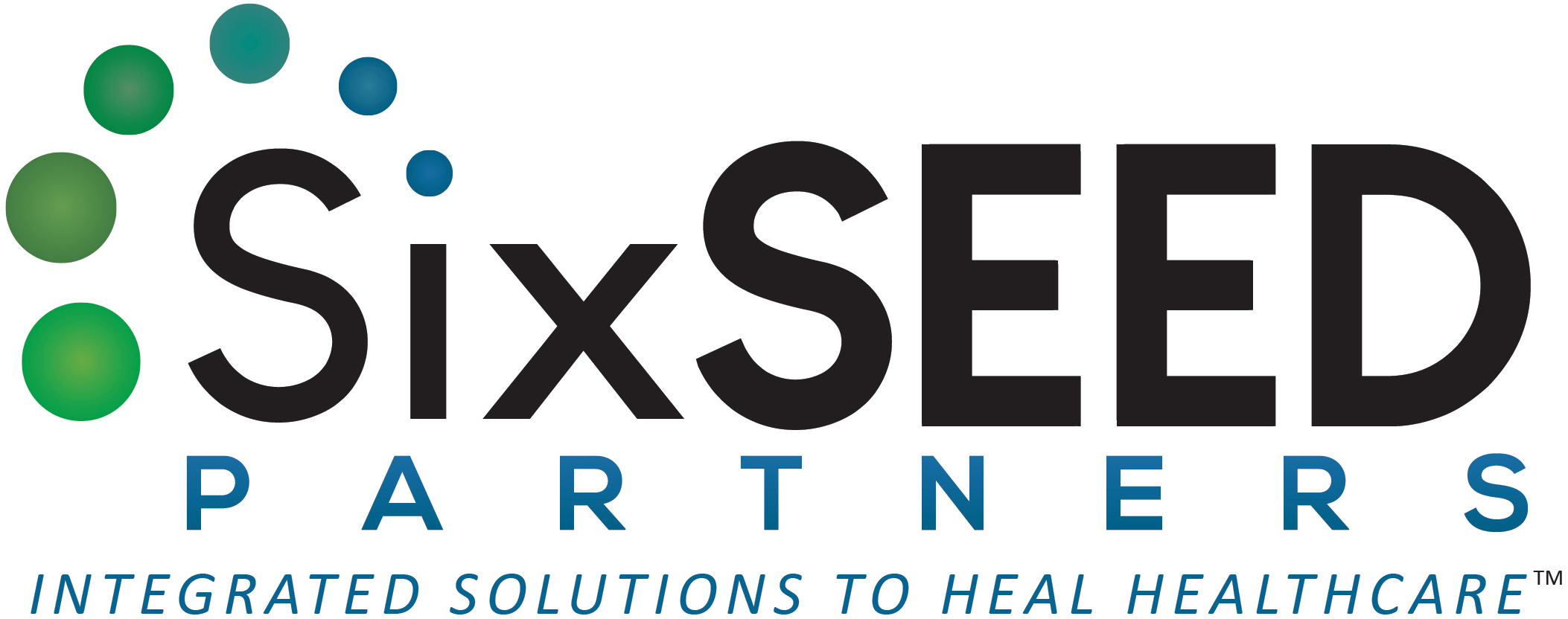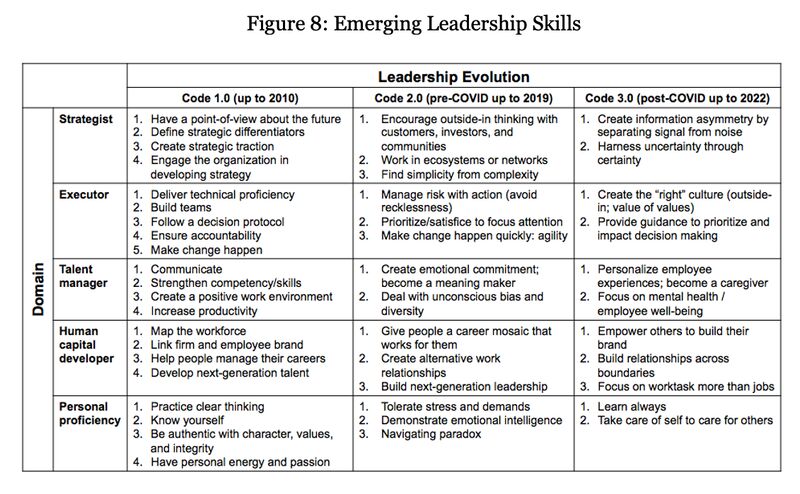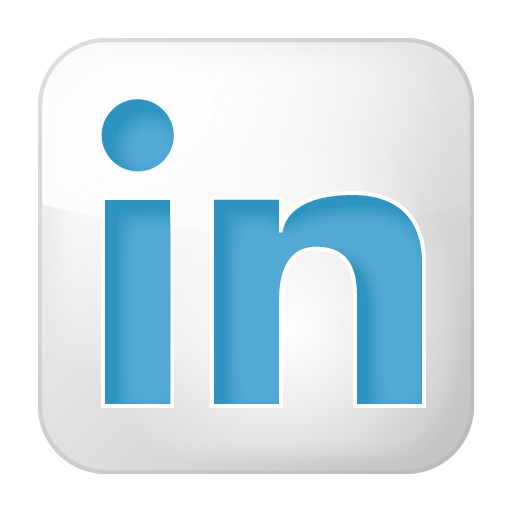Joy W. Goldman RN, MS PCC: CEO SixSEED Partners
Continuing our theme of psychological safety, this article by McKinsey & Company: “Psychological Safety and the Critical Role of Leadership Development” describes research linking leadership development to high psychological safety cultures: “Investing in and scaling up leadership-development programs can equip leaders to embody these behaviors and consequently cultivate psychological safety across the organization.”
This article eludes to what we at SixSEED Partners train our clients in which is using both/and thinking to address complex challenges. If we are to sustainably create cultures of psychological safety, we must have leaders who can leverage challenging teams and supporting teams; practice advocacy (telling) and inquiry (asking questions, getting curious); flexing their style to leverage candor and diplomacy; and most importantly, when delegating, giving freedom and holding accountable.
Would you like to develop your leaders to be able to lead their teams toward creating psychologically safe environments? We’d love to hear from you! https://sixseedpartners.com/contact/
Read article here: https://www.mckinsey.com/capabilities/people-and-organizational-performance/our-insights/psychological-safety-and-the-critical-role-of-leadership-development


